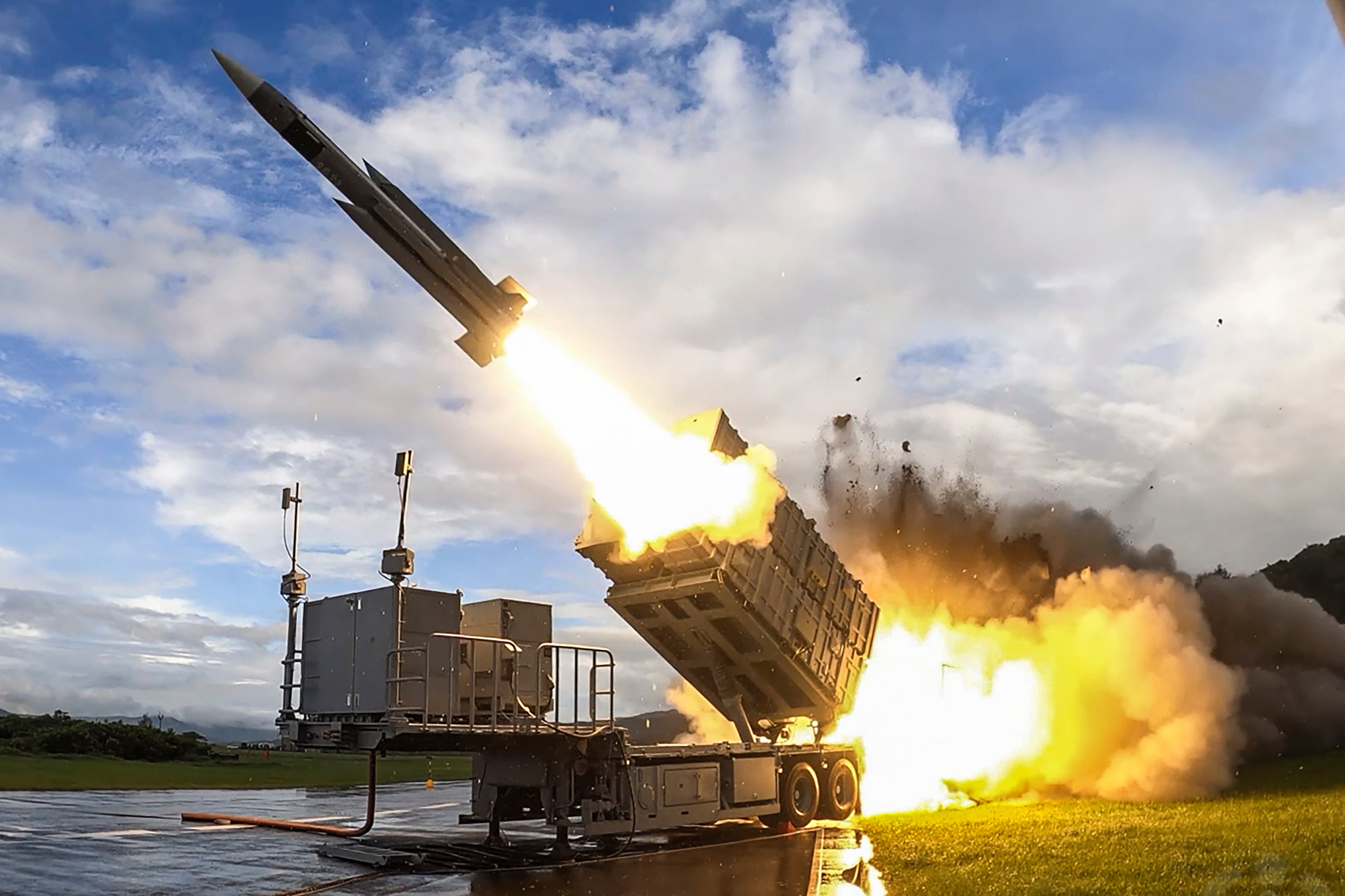The success of the Ukrainian army in defending its territory from Russia’s invasion this year has kicked into high gear the discussion about how the U.S. can support countries in its adversaries’ war path.
Billions in weapons and equipment have funneled into Ukraine this year, helping their military put into practice the training and organization the U.S. has bolstered in the country since Russia’s 2014 invasion of Crimea.
“We’re obviously doing lessons learned work on our security assistance to Ukraine,” James Hursch, director of the Defense Security Assistance Agency, told Military Times during a panel at the AUSA annual meeting in Washington, D.C. “I think the major lesson that I would take away is that the strong relationship between our two countries ... has allowed us to influence the Ukrainian military’s ability to do leadership work and to understand how to operate in a very difficult conflict like this.”
Much of Ukraine’s success against Russia has been attributed not only to roughly $17 billion in weapons, equipment and other aid the U.S. has sent over since early this year, but to training since 2014 that helped them move away from Soviet-style organization to a command structure that more closely resembles the U.S., with a noncommissioned officer corps and integrated exercises.
“It goes to helping them develop and exercise their leadership,” Hursch said. “And then when the time came, and it was necessary, the ability to provide them with the types of equipment that were most important for the period of the fight that they were in.”
The U.S. has worked its way back up to just over $50 billion in foreign arms sales this year, Hursch said.
“That figure reflects the enterprise’s contribution to the international security strategy and the national defense strategy,” he added, “to defend and nurture the underlying sources of American strength, as well as to lead and sustain a stable and open international system, underwritten by strong democratic alliances, partnerships, multinational institutions and rules”
Beyond Ukraine, the U.S. has grown its presence in Europe from 80,000 to roughly 100,000 troops, mobilized along NATO’s eastern front, with a new permanent, rotational Army presence in Poland ― all designed to deter Russia.
In the other hemisphere, there are concerns that China is planning a comparable invasion of Taiwan. While the U.S. officially supports the policy that Taiwan is part of China, the State Department has sold weapons to Taiwan’s military and looked for ways to train its troops.
RELATED

A $6.5 billion bill under consideration by the Senate would expand both arms sale and cooperative training.
“This program will accelerate Taiwan’s military reform and expand training for the Taiwanese military using realistic scenarios,” Sen. James Risch, R-Idaho, the ranking member on the Foreign Relations Committee, said in an August statement.
For the U.S., still smarting from 20 years of intervening in Iraq and Afghanistan, and not quite finished with ISIS in Syria, security cooperation could be a way to meet the goal of deterring adversaries without having to launch large-scale, in-house operations.
“That is an important lesson about how you work with allies and partners who are in a situation where they may very well face a conflict,” Hursch said.
Meghann Myers is the Pentagon bureau chief at Military Times. She covers operations, policy, personnel, leadership and other issues affecting service members.







